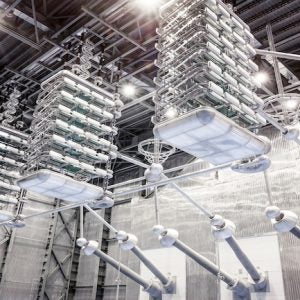Although the problematic Cross Sound cable to link Connecticut and Long Island via the Long Island Sound was briefly activated, under emergency orders, to carry 300 MW during the recovery from the north east USA’s history-making blackout on 14 August, it has returned to its stalled state. The $130 million HVDC connector owned by Hydro-Quebec’s subsidiary Transenergie has been the centre of a dispute and a geological puzzle for three years now. The cable, whose route is the result of a hideously complex permitting process which had to satisfy the NERC, many authorities in both states, and hundreds of local concerns, runs along a channel regularly used by shipping and was designed to sit in a 6 ft deep trench. When construction crews unexpectedly hit a stretch of granite running for 400 yards, about 1 % of the total length, they could not re-route, nor, for environmental reasons, blast away the granite so they laid the cable over the rock. When Cross Siound applied for approval from Connecticut to allow a reduced cable depth in a few places, the state responded by halting all projects in the Long Island Sound for a year. That year is up in June 2004.
Long Island Power Authority is now hoping that the blackout will spark off a flurry of legislation, as happened after the last ‘big one’, the California energy crisis, allowing them to legalise the cable. But it has powerful opponents, in particular Connecticut’s attorney general Richard Blumenthal who believes that LIPA’s true purpose is to sidestep its own power supply problems by siphoning from Connecticut, and has written to the Dept of Energy to demand that the cable stays dormant indefinitely, for failing to meet the permit depth requirement. He has also made public his belief that Cross Sound knew about the granite problem in advance, and if they didn’t, it was due to their own incompetence.






